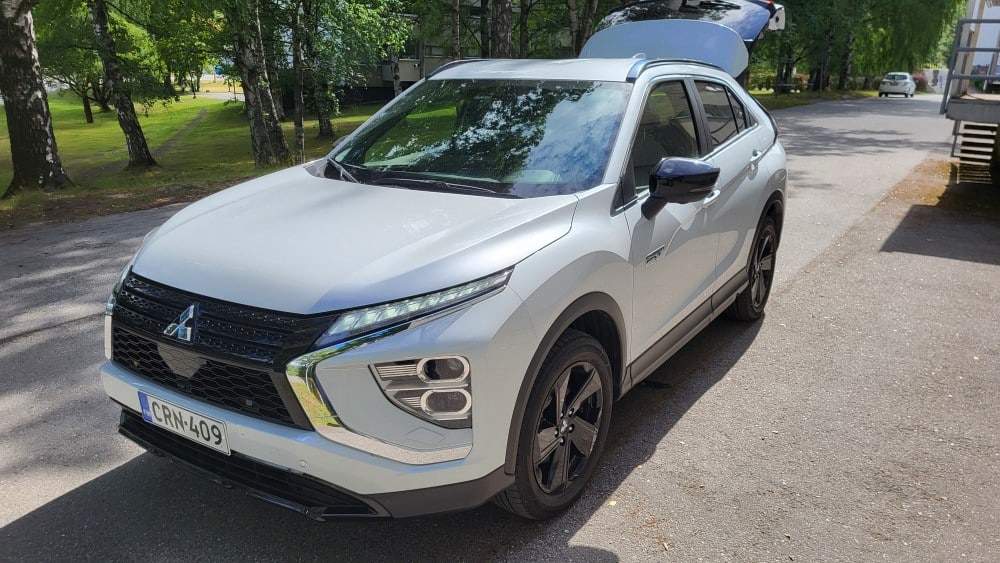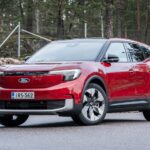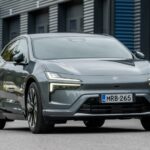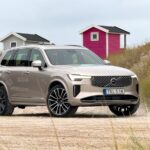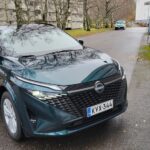Autotoday test drove the 2024 model year Mitsubishi Eclipse Cross 2.4 PHEV charging hybrid.
Text by Juha Remes
The Eclipse has an angular and partly modern look. The look inside, on the other hand, is very contradictory. There, the exterior becomes conservatively traditional. Everything in the car is controlled by switches, as has been the tradition in cars before. This certainly divides the preferences of drivers, some like the Tesla-like one-screen principle, the availability of numerous apps, while others prefer such a traditional car “interface”.
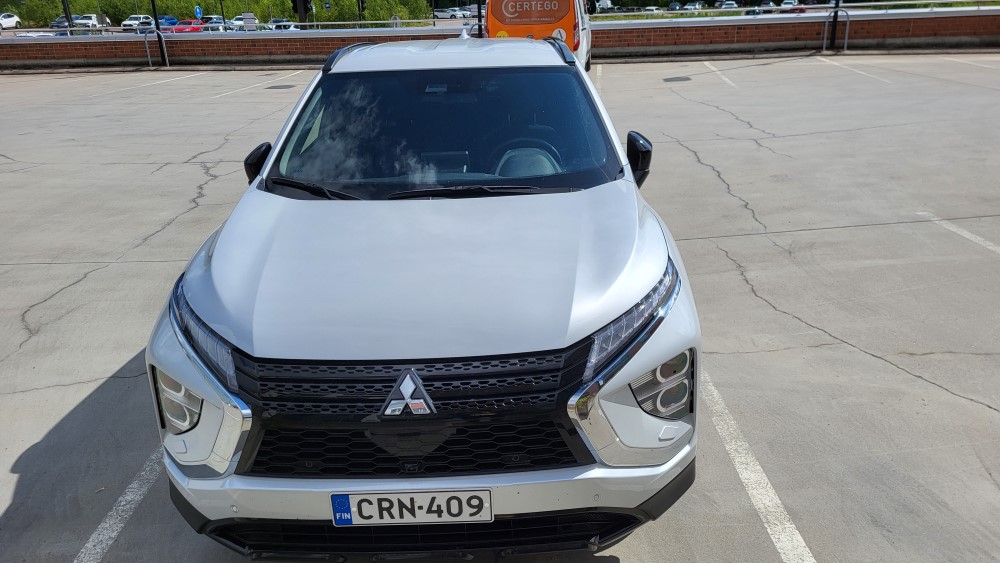
Operating the switches while driving is certainly safer than operating a computer screen and browsing apps. Personally, I find it safer to drive a car where the most necessary functions are easily accessible via switches or levers, within easy reach, which can be operated while driving, without taking your eyes off the road and onto the screen.
Perhaps this is one explanation why Japanese engineers have not moved to a fully screen-based interface.
The interior of the test car is commendably spacious. The car can easily accommodate four adults, leaving plenty of legroom for those in the back. Even with three adults in the back, the car is reasonably sized for the size of the car.
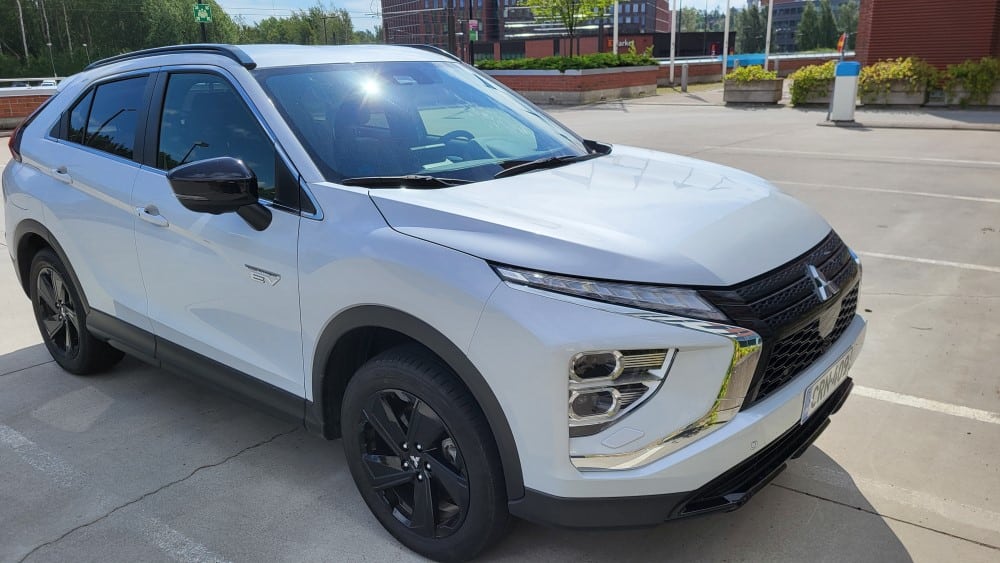
There is also enough luggage space, while in many hybrids considerable compromises have had to be made in terms of battery placement.
The car in the test drive dates back to the XR-PHEV and XR-PHEV II versions launched in 2013 and 2015, which were the successors to the Mitsubishi Eclipse Cross, which was first launched in 2017.
Equipment and pricing
Prices for the range start from €35 990 upwards. The model options are Inform Plus, Adventure Edition, Intensive Navi, Black Edition and Instyle Plus, offering different equipment packages.
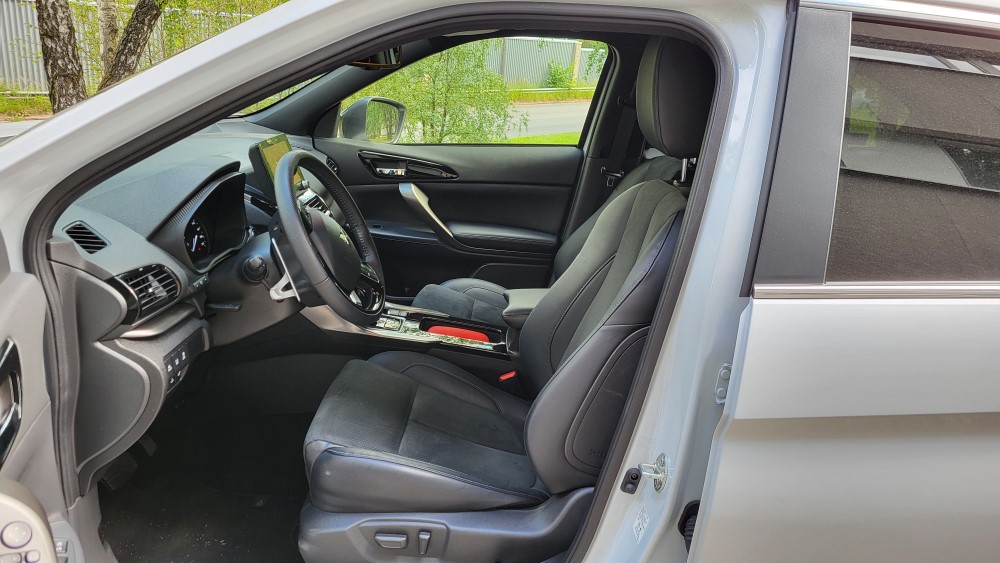
The test drive version, the Black Edition model, has two separate electric motors, one on the front axle 60kW and the other on the rear axle 90kW, enabling well-balanced four-wheel drive for a stable drive. The petrol engine is powered by a 2.4-litre power unit, which is used to generate charging energy for the electric motors via a generator for a possible 177 horsepower output for the car. The car has no conventional gearbox at all. A total of 332 Nm of torque is produced by the two electric motors.
These powerplants deliver a rather modest acceleration of 10.9 s to 100 km/h, and the top speed of 162 km/h is quite low compared to other similar hybrids.
Looking at these performance figures, there was a slight concern about the adequacy of the overall performance of the car. With reasonably modest performance, how will the car cope with the acceleration of road rushes? The same question is on the mind of anyone considering a car.
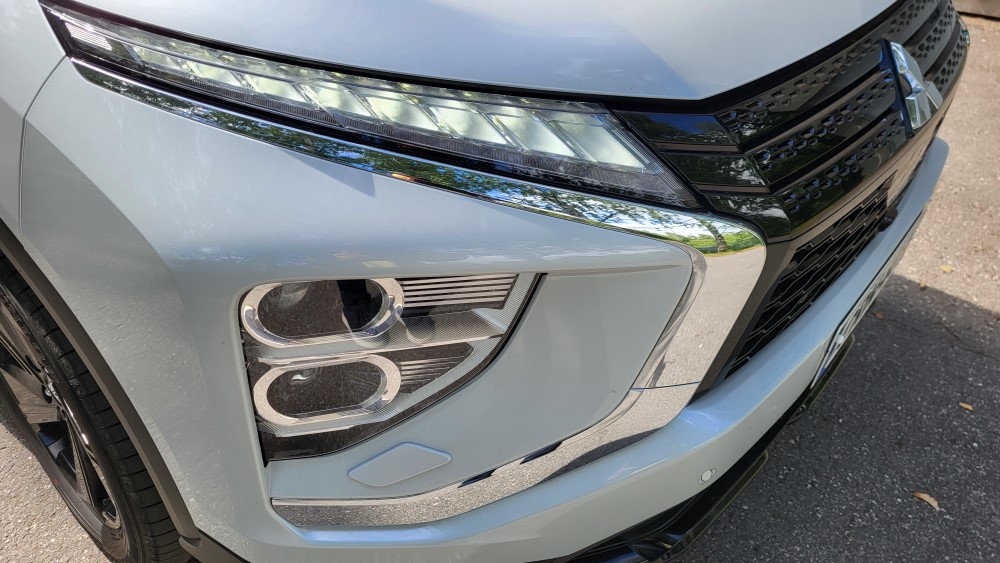
The test car’s range of options included: heated steering wheel, heated headlamp, electric driver’s seat, semi-leather upholstery, heated steering wheel, heated rear seats, Mitsubishi remote control system, adaptive cruise control, multi around monitor-camera system, front and rear parking sensors, TomTom navigation system, 18-inch alloy wheels, power tailgate, blind spot warning, cross-traffic warning in case of reversing, anti-wrong acceleration system, black side skirts, LED headlights, LED daytime running lights, LED front fog lights, metallic paint and active stability and braking control. In other words, a pretty good equipment package.
The car comes with a 5-year manufacturer’s warranty and the price of the test drive with all the equipment was €44,387 plus €1,602.02 car tax, i.e. a total of €46,590.
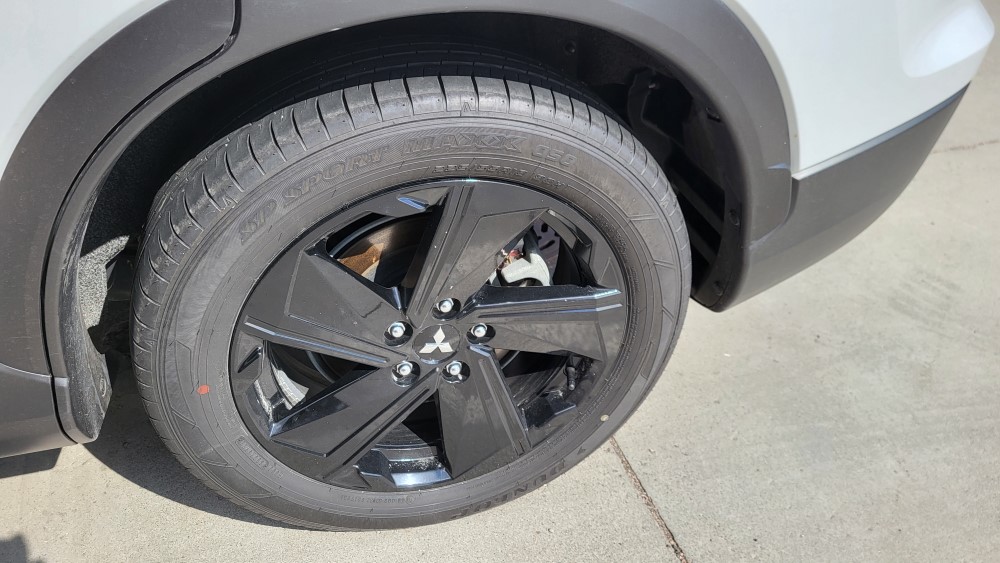
In preparation for the test drive
When conducting the test drive, I tried to work without manuals or driving instructions. The Exclipse seemed very clear, the traditional switches and levers were very logical. They were easy to reach, so no particular learning curve was required to get going.
I myself was also a seasoned TomTom satnav user from the days when cars didn’t have satnavs much integrated, and you had to get them in the car yourself to install them with a suction cup. I found TomTom to work quite well, and in particular it came with speed cameras and other local adaptations.
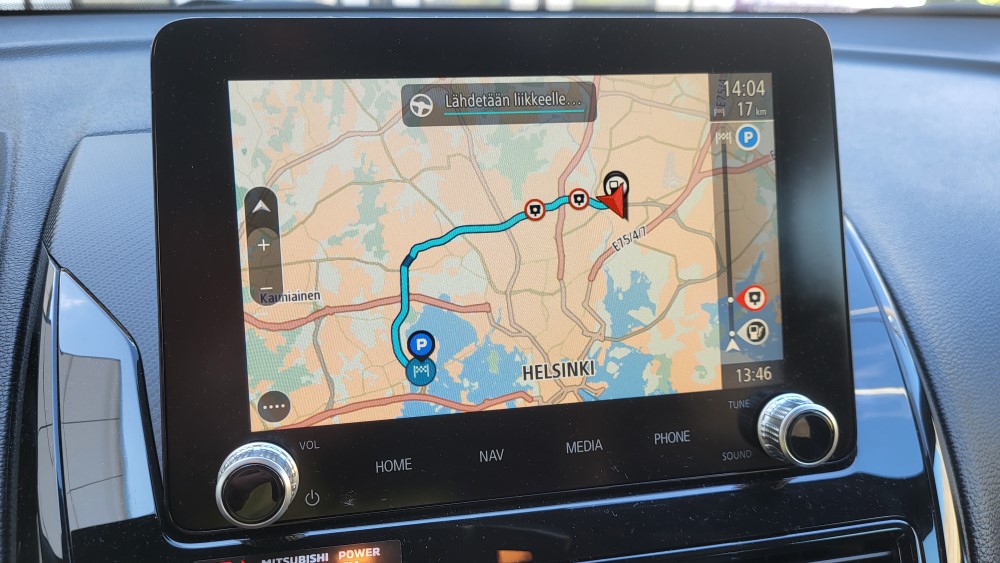
The layout of the computer screen resembles an old radio in appearance, with round controls for the old radio at the bottom of each screen, like one for “volume” and the other for “tuning radio channels”. Of course, this display had numerous other functionalities.
The screen is small for a 2024 model car.
There’s comfortable space for the driver and co-driver, and the elbow rest hit both the center console and door support well, providing hand support for driving. On the other hand, I would have liked to have had some leg length support with a length adjustment as the seat was a bit short and I’m not even a long legged person, so certainly for longer legged drivers, its usefulness would be even greater.
The lack of height adjustment for the co-driver’s seat reduced the co-driver’s visibility was also a shortcoming of the seat adjustments. This could certainly be remedied by installing electric adjustments for both front seats.
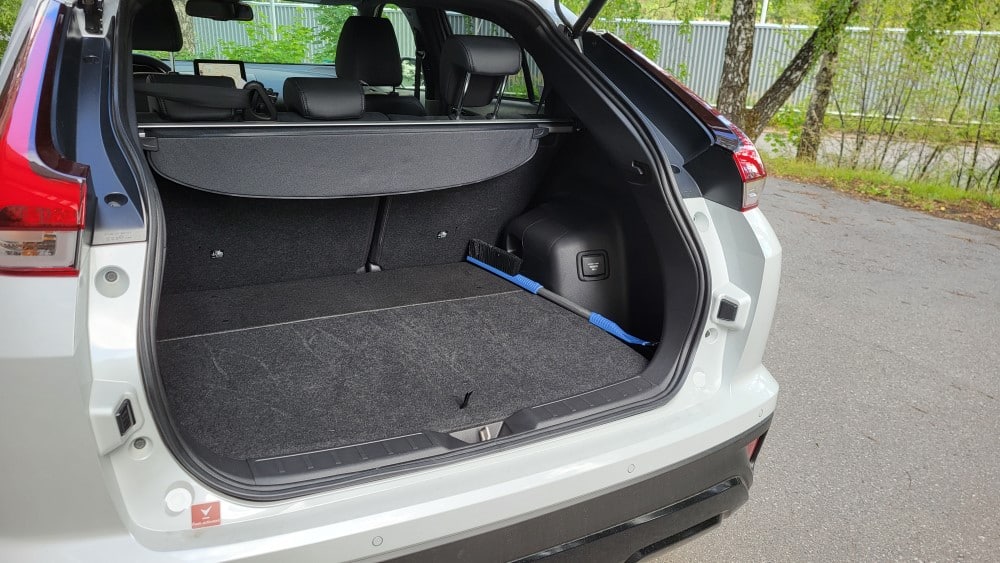
The visibility is good in the Eclispe. The large rear-view mirrors offer good visibility in all directions and there were several driver assistance systems, lane departure warning, adaptive cruise control and speed alert. Activating the adaptive cruise control was a little tricky before you got used to it, but otherwise all the controls served their purpose well. Overall, the driving comfort is very good.
The car has different settings for snowy, sandy, asphalt surfaces, as well as for normal and economical eco-driving to improve the ride comfort.
The test drive was carried out under varying conditions
Our test drive was carried out in summer conditions, both in heavy rainfall and in dry summer heat. Driving took place on motorways, roads of various sizes, dirt roads and on a well-maintained cottage road. Fuel consumption was exactly balanced at 6 litres per 100 km during the test drive.
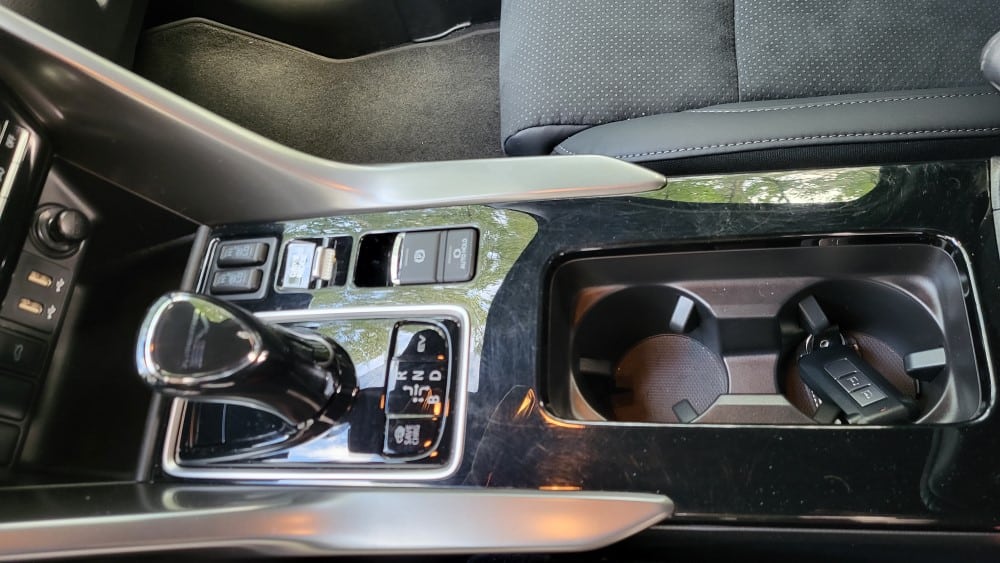
The average fuel consumption during the test drive was much different from the 2 litres indicated by the manufacturer. This is explained by the fact that our distances were long in some cases, which meant that the electric charge was exhausted early in the journey, and the journey was mainly covered by electricity generated by the petrol engine.
The manufacturer’s stated distance of 45 km for electricity was not observed, as the instrument panel does not fully indicate when the electric charge runs out, at which point the generator starts producing electricity with petrol for the electric motors.
The car’s turning radius was small for its size, and it was quite agile on small streets as well as in the tight parking spaces of shopping centres. Very manageable and comfortable to drive in all conditions. Perhaps the slightly stiff steering requires some effort from the driver, and can feel a little heavy compared to heavily power-assisted cars. However, I personally like steering that also gives a better driving feel.
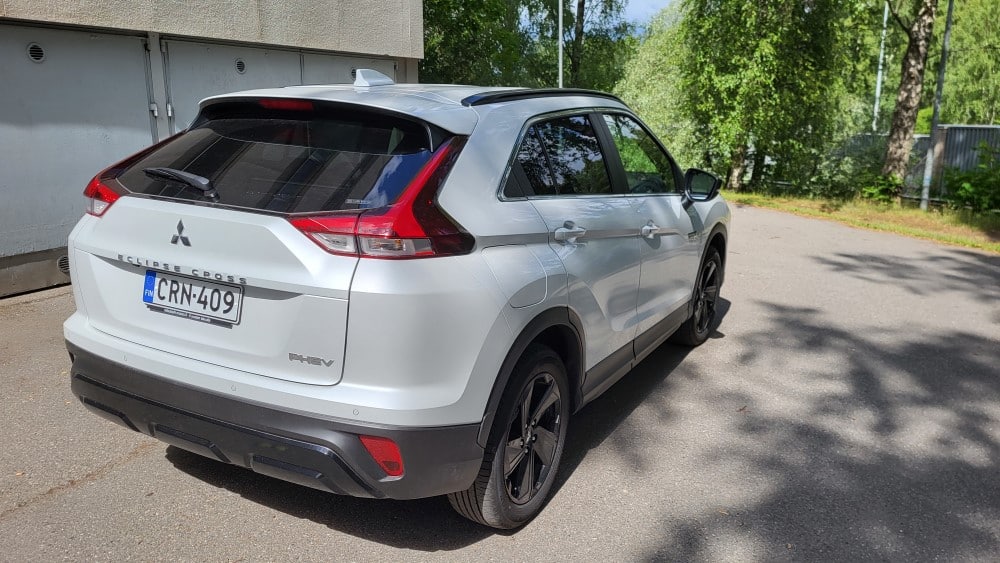
However, contrary to preconceptions, the car’s performance was adequate. Overtaking and acceleration were suitable for Finnish road driving and overtaking was smooth even at 100 km/h. Perhaps there was a slight delay in the response of the car’s electric motors to the accelerator, but it was not distracting in any way. The brakes are very effective and also take a little getting used to.
The more the test drive went on, the better the car felt.
There was hardly any road noise inside the car, and the engine noise was not very loud, even at 120 km/h.
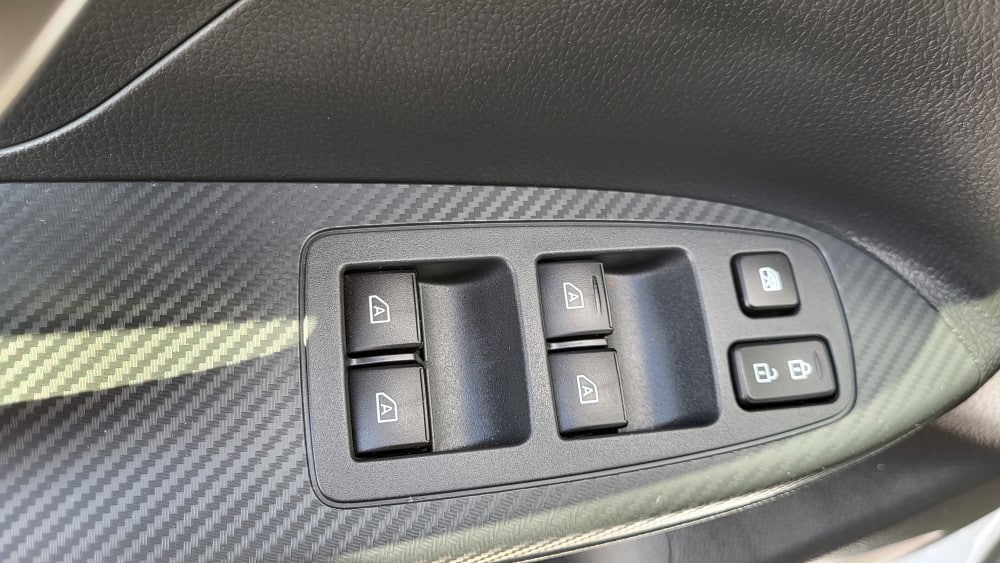
The car has a high ground clearance, which raises the driver appropriately above the road, giving good and comprehensive visibility in all directions. In addition, even in heavy rain, the car was high enough to maintain a good view of the surrounding area. The chassis felt quite stiff when driving, so the car’s reaction to bumps in the road felt somewhat strong throughout the body, but nevertheless the feel and balance of the car was maintained, ensuring good driveability at all times.
Another positive feature was the extensive six-nozzle front window washer. It was effective and also did a much better than average job of removing germ traces.
Overall, the car felt good in Finnish road conditions. Although the car looks conservatively old-fashioned, and although its interior design hasn’t exactly followed the latest trends, it works well. The car is comfortable, functional, comfortable to drive and, above all, reasonably priced for its class. I think the value for money works well for this car, provided you don’t put too much emphasis on looks, or the app book on the driving computer, when choosing a car.
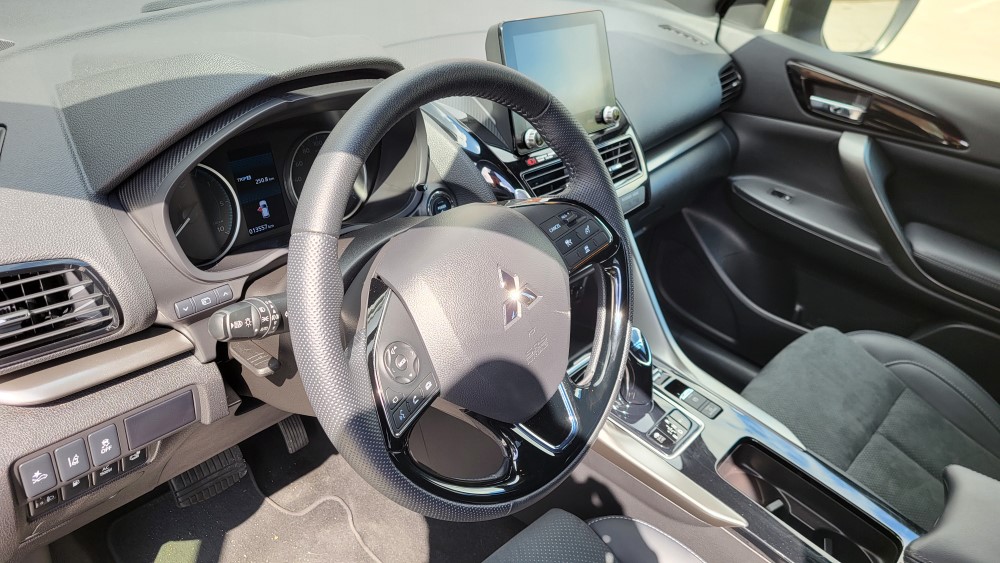
The instrument cluster is quite simple and traditional, but at the same time clear.
This car is quite suitable for city driving, as well as for shorter journeys, where you can run on electricity and save on driving costs. According to the manufacturer, the electric range is 45 km, which could be a bit more.
The driver’s driving position and visibility in different directions was good. The ease of parking the car in parking garages was flexible with parking radars front and rear, along with a clear camera display. The car was manoeuvrable enough in the small space available. On the negative side, the steering was stiff, requiring a bit more effort to turn the steering wheel, especially when stationary.
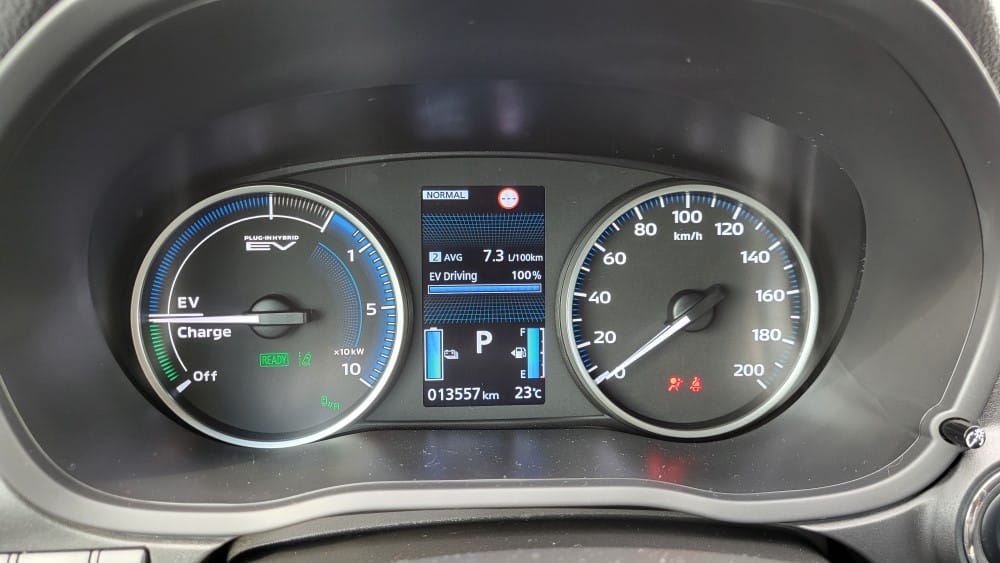
Other observations from the test drive
It is also possible to get a tow hook, which was not available in the test drive. The towing capacity of the vehicle is stated by the manufacturer as 1 500 kg.
The boot of the car is quite large and can comfortably accommodate both sports bags and a few suitcases.
Summary
Overall, the Eclipse test drive was a positive experience. It is a very viable option when considering a hybrid car, well suited to a wide range of driving conditions, although winter driving has yet to be tested. I think that anyone considering a four-wheel drive plug-in hybrid should go and test it for themselves, but it might be worth taking a little more time to test drive the car properly for their own use in different situations.
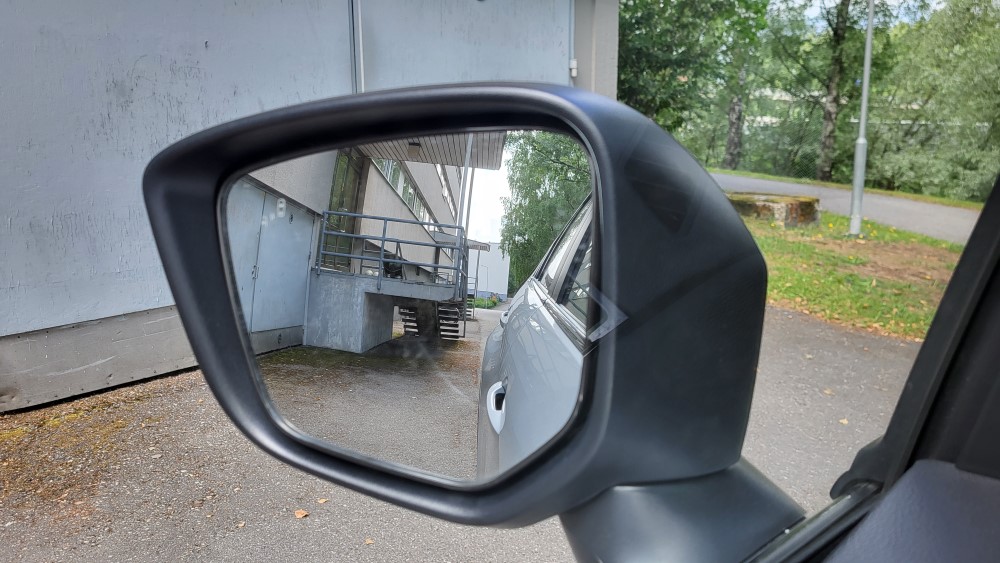
The price is right when compared to other cars of the same size, and for those who are concerned about the hybrid’s warranty, the car comes with a 5-year warranty.
Mitsubishi Eclipse Cross PHEV 2.4 Black Edition 4WD
- Combustion engine power: 2.4 litres that generates electricity for the car’s two electric motors, 60kW (82hp) at the front and 70kW (95hp) at the rear. The car is equipped with a fast charging system and a charging socket on the rear.
- Maximum torque of the motors: 332 Nm.
- Acceleration: 10.9 seconds (0-100 km/h) and top speed 162 km/h
- Manufacturer’s declared combined fuel consumption: 4.3l/100km (CO2 emissions 46g).
- Fuel tank capacity: 43 litres
- Tare weight: 2425 kg.
- Boot space: 359 l.
- Traction: four-wheel drive
- Wheelbase: 2670 mm
- Length: 4545 mm, width: 1805 mm and height 1685 mm
- Ground clearance: 184 mm
- Towing capacity: 1500 kg.
- Starting price: 35 990 euro
- Price for test drive: €46 590
Text: Juha Remes
